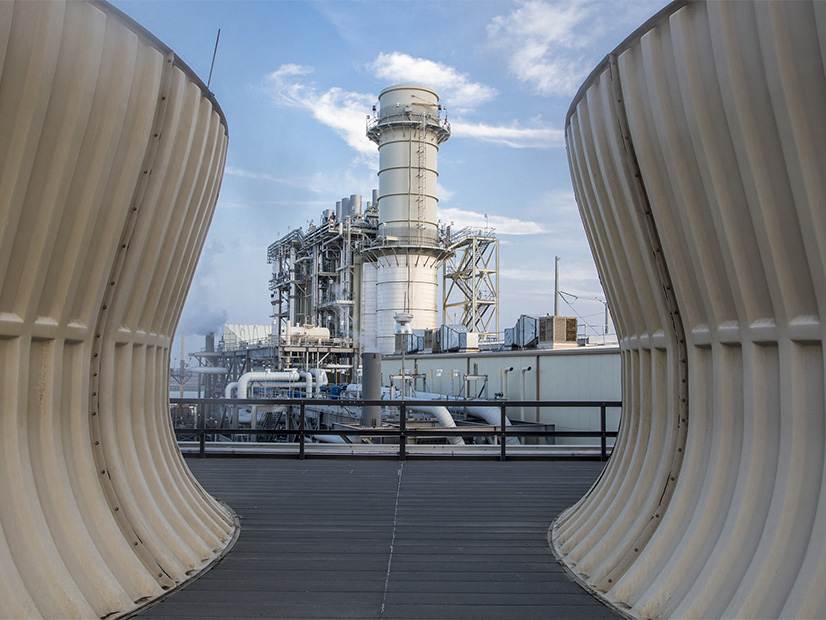
Pacific Gas and Electric (NYSE:PCG) announced an ambitious pilot project to test the feasibility of transporting “zero-carbon” hydrogen in natural gas pipelines and burning the fuel for electric generation.
The utility said Monday it will launch the nation’s “most comprehensive end-to-end hydrogen study and demonstration facility” in partnership with Northern California Power Agency (NCPA), Siemens Energy, the City of Lodi, Calif., University of California, Riverside, and GHD Inc., an Australia-based engineering and construction consulting firm with experience in hydrogen projects.
The “centerpiece” of the “Hydrogen to Infinity” study will be a large-scale project to blend hydrogen and natural gas in a standalone pipeline system near NCPA’s Lodi Energy Center (LEC), a 300-MW combined-cycle gas-fired generator in Lodi, Calif.
“This demonstration facility is truly an exciting advancement of our goal to diversify our natural gas system for our customers and consider hydrogen’s role as part of California’s decarbonized future,” PG&E Gas Engineering Senior Vice President Janisse Quiñones said in a press release.
PG&E expects to break ground on the project in 2023, utility spokesperson Melissa Subbotin told NetZero Insider.
Located on 130 acres, the facility “will allow for a controlled and safe study of hydrogen injection, storage and combustion of different hydrogen blends in a variety of end uses,” according to PG&E. The plant will accept the hydrogen-gas blend for electric generation in a Siemens 5000F4 gas turbine.
Lodi is about 85 miles northeast of PG&E’s headquarters in San Francisco, but PG&E’s decision to pair with the LEC appears to have been based on more than just geography. In 2020, NCPA initiated a two-phase project to equip the LEC with technology capable of burning a natural gas blend containing up to 45% hydrogen. Phase 1 of the effort included the installation of a new turbine, while Phase 2, expected to be completed next year, will entail installing hydrogen-capable combustors within the turbine.
Subbotin said most of the project’s hydrogen will be produced on the Lodi site. And while some of the hydrogen used will be produced by electrolysis, the project will explore “other production methods,” she said.
“The initial scope of the project doesn’t include testing the feasibility of 100% hydrogen in the pipelines and turbines. However, this may be considered in future phases depending on the initial findings and results,” Subbotin said.
According to PG&E’s release, the pilot will focus on the technical, operational and safety needs of working with hydrogen, as well as developing a market for the fuel. The new Lodi facility will also serve as a “functional test environment” for ongoing research and a training environment for new technology, the utility said.
”Feasibility studies of hydrogen are an essential part of our growth and evolution as a natural gas utility,” Quiñones said, citing PG&E’s commitment to reduce greenhouse gas emissions. “This new facility will provide critical research, close information gaps and unlock opportunities not only for PG&E, but for the entire global network of natural gas pipeline operators.”
PG&E is also “contemplating” making the facility a focal point for a potential Northern California hydrogen hub.
Asked whether PG&E would vie for a piece of the $8 billion in funding the U.S. Department of Energy is making available to support development of at least four hydrogen hubs nationwide, Subbotin said the utility “is considering any funding opportunities where the scope of work at this demonstration facility meets the solicitation criteria.
“The specifics and qualifications for DOE hydrogen hubs are still unknown,” she added.

